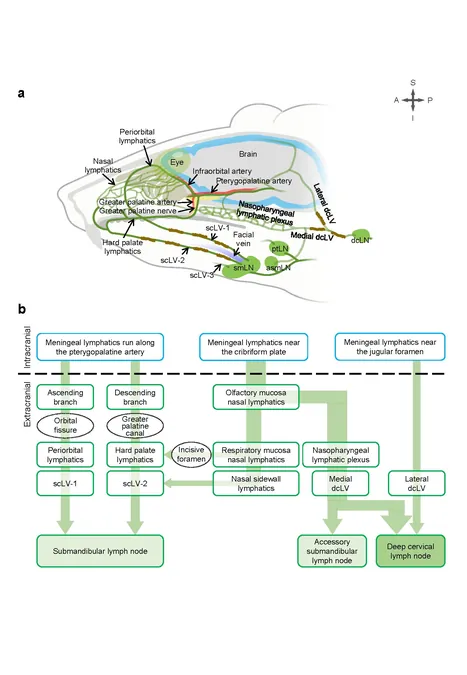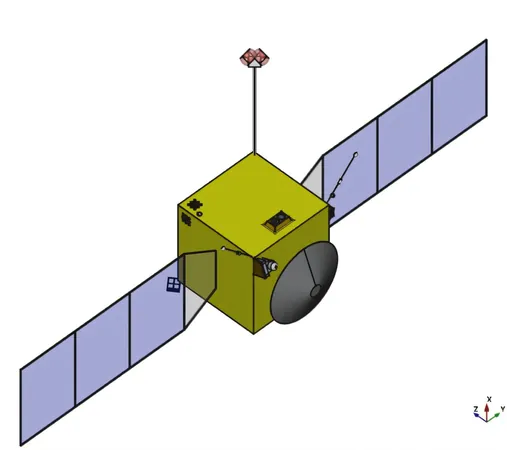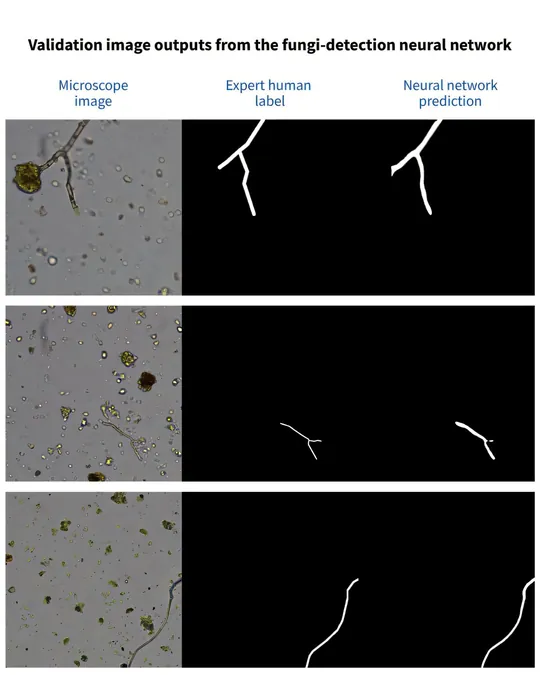
Revolutionary Non-Invasive Method to Boost Brain Waste Clearance Unveiled!
2025-06-04
Author: Jia
In a groundbreaking discovery, scientists at the Institute for Basic Science (IBS) have unveiled a non-invasive technique to amplify the brain's natural waste clearance system, potentially changing the game in our fight against age-related neurological disorders.
Published in the prestigious journal Nature, this pioneering study spearheaded by the IBS Center for Vascular Research, led by Director Koh Gou Young, reveals that targeted stimulation of lymphatic systems under the skin on the neck and face significantly boosts the flow of cerebrospinal fluid (CSF)—the vital liquid that cushions the brain and flushes out toxic waste.
Unlike traditional approaches that rely on drugs or surgical interventions, this innovative method offers a safe, non-invasive solution to enhance brain waste clearance.
The human brain is notorious for generating waste at a rapid pace, making efficient clearance essential for maintaining optimal brain health. CSF plays a crucial role in removing harmful substances such as amyloid-β and tau proteins, both of which are major culprits in Alzheimer's and other neurodegenerative diseases. However, as we age, this waste drainage weakens, leading to cognitive decline.
The IBS Center for Vascular Research has previously made waves with landmark studies that mapped CSF drainage pathways to deep cervical lymph nodes. Their research has shown that age affects these routes, hindering effective CSF clearance.
In an exciting development, the research team discovered that the CSF drainage process could be pharmacologically enhanced, but access to these deep cervical lymphatics has posed a challenge for non-invasive treatment until now.
Director Koh Gou Young remarked, "This research completes our understanding of how CSF clears brain waste and introduces a novel method to enhance CSF drainage externally. We anticipate this will mark a significant milestone in researching neurodegenerative diseases like dementia."
Using genetically modified mice and monkeys with fluorescent tracers, scientists have charted a new drainage route from the brain to superficial cervical lymph nodes via lymphatic vessels in the face, nose, and hard palate. Remarkably, while other pathways in older animals showed degeneration, the vessels beneath the facial skin remained fully functional.
Senior researcher Jin Hokyung explained, "We confirmed the connection between lymphatic vessels under facial skin and submandibular lymph nodes, providing a pathway to regulate the impaired CSF drainage often seen in aging and neurodegenerative diseases. Future research will reveal how this pathway can be used clinically."
Recognizing the potential of this discovery, the team created a handheld mechanical stimulator designed to gently apply pressure and strokes to the skin. When tested on older mice, this device remarkably restored CSF clearance to youthful levels, enhancing drainage without interrupting natural lymphatic contractions.
Co-first author and neurovascular physiologist Yoon Jin-Hui expressed excitement about the development, stating, "We are thrilled to have discovered a safer and more effective way to boost cerebrospinal fluid drainage from outside the skull. Ongoing studies will explore how this new drainage pathway changes in various brain disease patients and how we can use this stimulation therapeutically."
This revolutionary technique might soon lead to wearable devices or clinical applications that enhance brain waste clearance for older adults or individuals suffering from neurological conditions.




 Brasil (PT)
Brasil (PT)
 Canada (EN)
Canada (EN)
 Chile (ES)
Chile (ES)
 Česko (CS)
Česko (CS)
 대한민국 (KO)
대한민국 (KO)
 España (ES)
España (ES)
 France (FR)
France (FR)
 Hong Kong (EN)
Hong Kong (EN)
 Italia (IT)
Italia (IT)
 日本 (JA)
日本 (JA)
 Magyarország (HU)
Magyarország (HU)
 Norge (NO)
Norge (NO)
 Polska (PL)
Polska (PL)
 Schweiz (DE)
Schweiz (DE)
 Singapore (EN)
Singapore (EN)
 Sverige (SV)
Sverige (SV)
 Suomi (FI)
Suomi (FI)
 Türkiye (TR)
Türkiye (TR)
 الإمارات العربية المتحدة (AR)
الإمارات العربية المتحدة (AR)